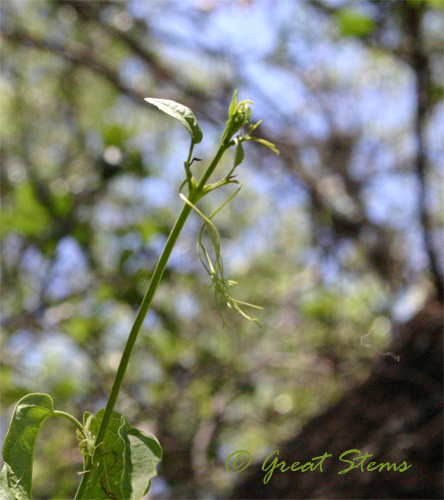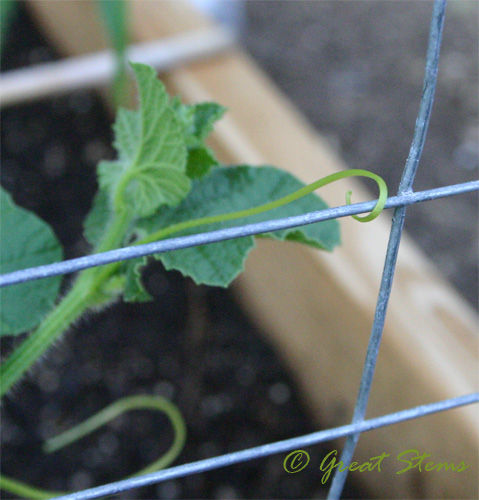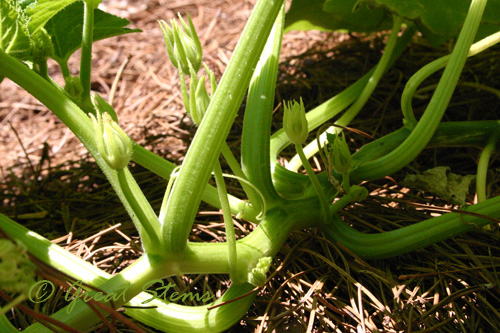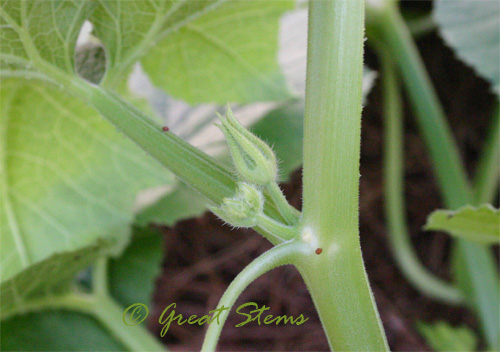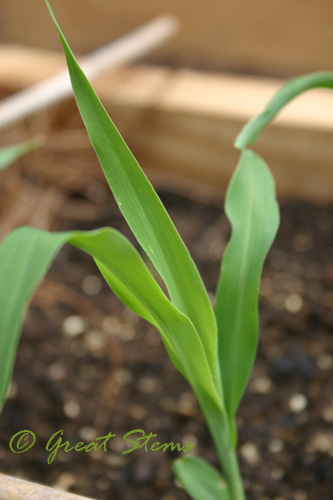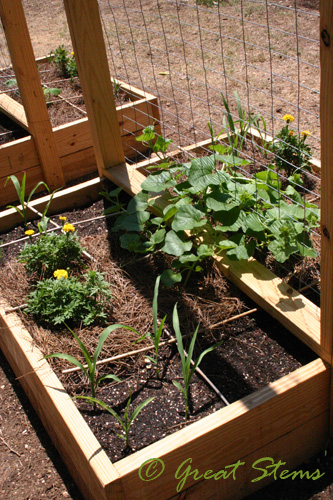Did I get your attention? C’mon, admit it. You’re already here. Can’t stop now. And if you don’t admit it, then you know…you’ll have your own dirty secret. 🙂
Well, this post is in thank you to Jessica of The Magical Mundane, who so kindly selected my blog to receive the MeMe Blogging Award. I was so honored by her words– Jessica, you really made me smile! The steps for me to accept the award are revealing 7 things about myself and then passing the award onto 7 others.
But I’m torn. And I had to give this a lot of thought before making my decision. On the one hand, Jessica truly made me feel good, and I’d love to do that for others. On the other hand, wow I just don’t like to send these kinds of things on. I started to, but then stopped. There are so many deserving bloggers out there, and I just don’t even know how to begin to choose, but then I worry about putting someone in a similar predicament of trying to figure out whether they should send them on, too. So with that, I can’t fully participate.
But here’s my compromise. I’ll do the first half — I’ll reveal dirty secrets about myself. It’s ok to talk about dirty stuff — I’m a gardener. (HEY — that might have to be my new motto.) Or maybe I’m NOT really a gardener… but you’ll have to read on to see my confession. Here goes — 7ish things about myself.
1. When I say I’ve been a nature and wildlife lover all my life, I mean it. I have a B.A. in Zoology, and wouldn’t you know it, I long for one in Botany now, too!
2. I have a strong British heritage, and I married someone with Irish ancestry. But I look more Irish than my husband does.
3. When I was young, my dad always hogged and hid the chocolate syrup, not wanting to share with his kids. I don’t hide the chocolate syrup, but I claim all Chocolate Underground Stoneyfield Yogurt! I also have a weakness for chocolate and strawberries. (A moment of silence, if you will, for the yogurt I devoured soon after taking this picture.)
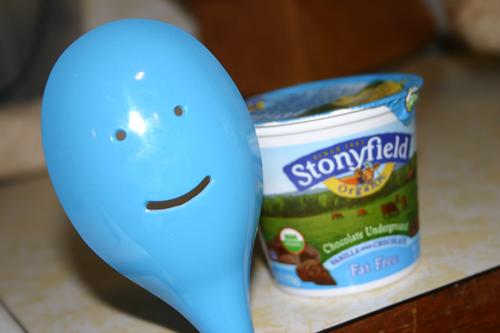 4. I live in Texas, but my favorite region is the northwest coast. I lived in northern California for several years of my childhood. I think if I could be a tree, I’d be a Redwood.
4. I live in Texas, but my favorite region is the northwest coast. I lived in northern California for several years of my childhood. I think if I could be a tree, I’d be a Redwood.
5. Up until this last year I was a triathlete. Back injuries have made it difficult for me to do two of the three sports, but as alternative activity, gardening has actually been fine as long as I’m careful. I love open-water swimming in a lake with a big, big passion. Of course, it would have to be water in a lake that hasn’t been almost dried up due to drought.
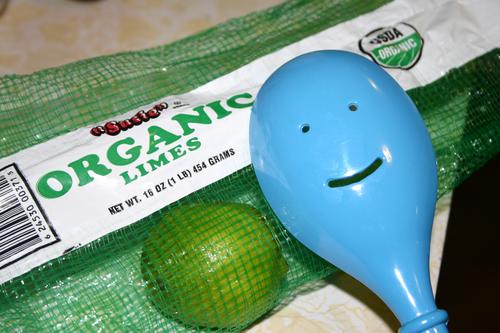 7. Our house is colorful and cozy, typical of most homes, but when you walk into our study, you venture into somewhat of a Star Wars theme. We have a variety of posters and Lego models, primarily related to the original movies. My husband is a true Sci-Fi geek, and I still admit to having a lingering crush on Han Solo, ever since my childhood (I confess to gazing across at the picture of Han Solo on the file cabinet while I typed this).
7. Our house is colorful and cozy, typical of most homes, but when you walk into our study, you venture into somewhat of a Star Wars theme. We have a variety of posters and Lego models, primarily related to the original movies. My husband is a true Sci-Fi geek, and I still admit to having a lingering crush on Han Solo, ever since my childhood (I confess to gazing across at the picture of Han Solo on the file cabinet while I typed this).
 Ok, I’ll admit one more truly dark, dirty secret. And I’ve already been told that perhaps I’m not really a gardener because of this, but… I don’t like tomatoes. Well, not fresh off the tomato plant. (Stop gasping!) Something about the fresh acidity of the tomato, I guess, which is weird because I do have a passion for citrus, and I love anything with cooked or dried tomatoes. BUT a friend brought over cute little cherub tomatoes last week, and I managed to eat three of them! So there’s hope for me yet. I just need to find out whether I can grow cute little cherub tomatoes in Austin, and then perhaps I’ll really be a true gardener in the eyes of my fellow gardeners. There, MY DIRTY LITTLE SECRET. Err, secrets.
Ok, I’ll admit one more truly dark, dirty secret. And I’ve already been told that perhaps I’m not really a gardener because of this, but… I don’t like tomatoes. Well, not fresh off the tomato plant. (Stop gasping!) Something about the fresh acidity of the tomato, I guess, which is weird because I do have a passion for citrus, and I love anything with cooked or dried tomatoes. BUT a friend brought over cute little cherub tomatoes last week, and I managed to eat three of them! So there’s hope for me yet. I just need to find out whether I can grow cute little cherub tomatoes in Austin, and then perhaps I’ll really be a true gardener in the eyes of my fellow gardeners. There, MY DIRTY LITTLE SECRET. Err, secrets.
Jessica, thank you again!
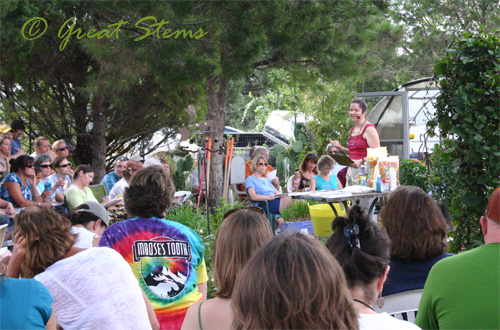
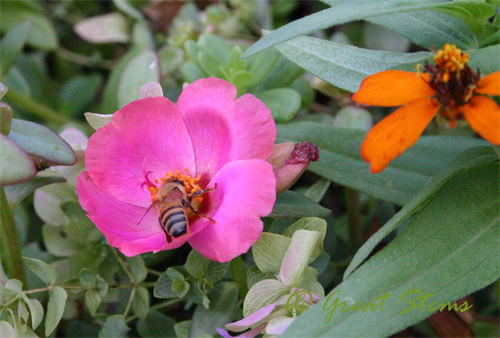
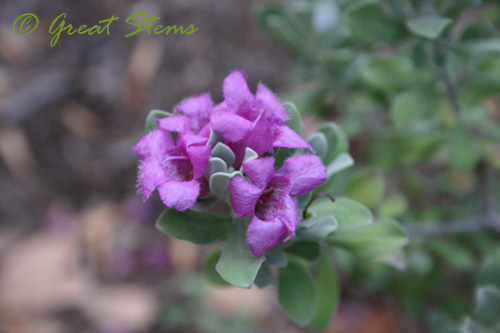
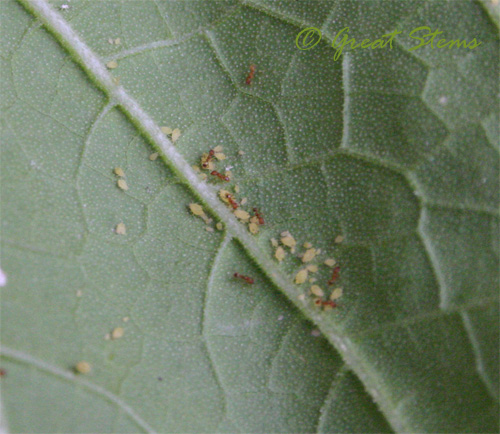
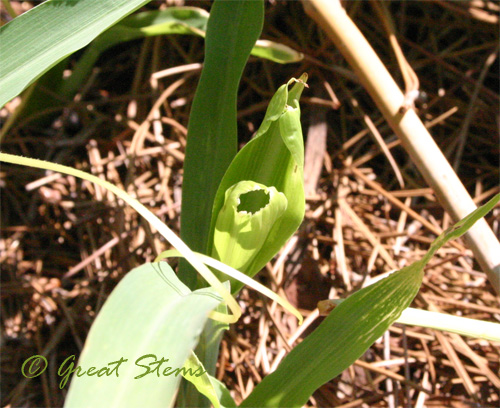
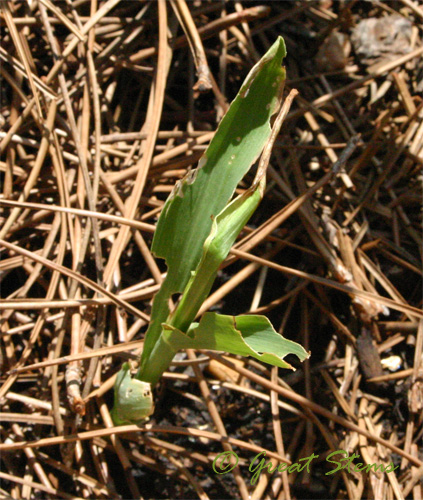
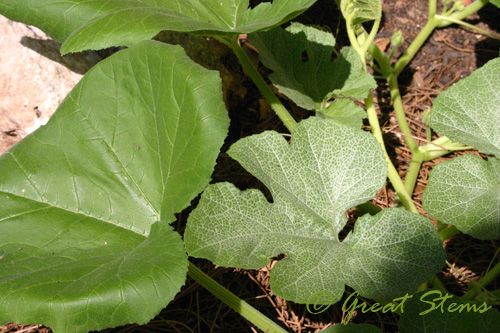
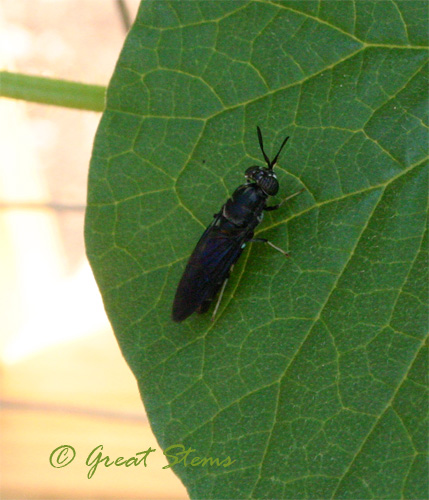
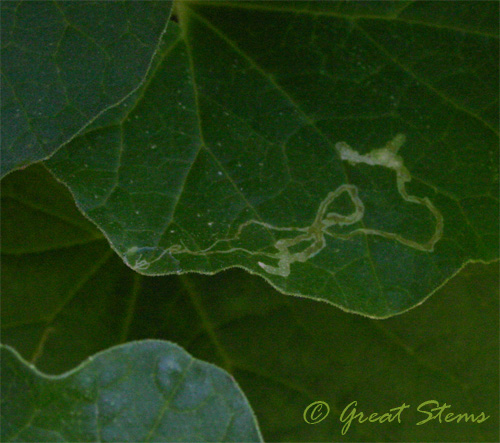
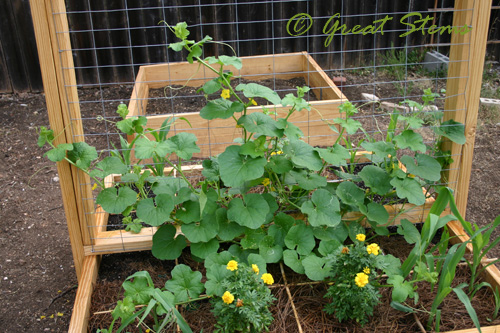
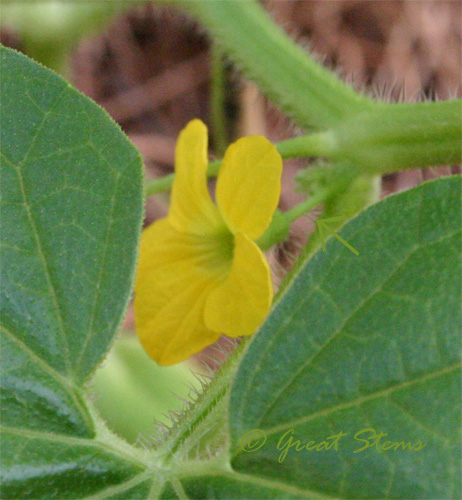
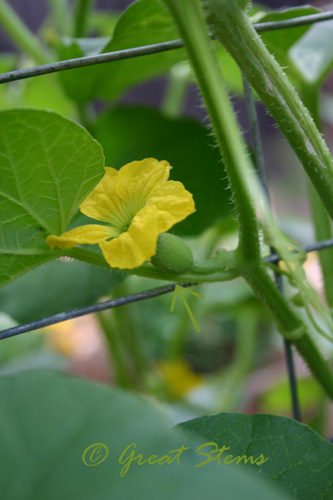
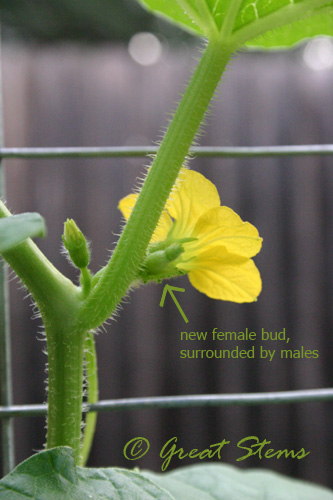
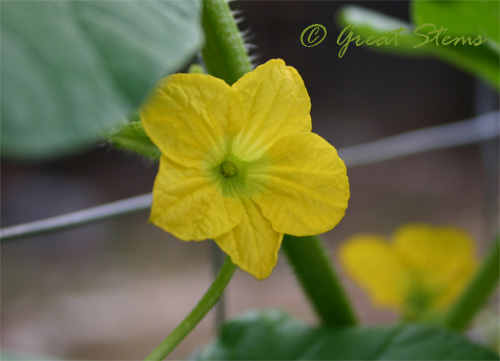
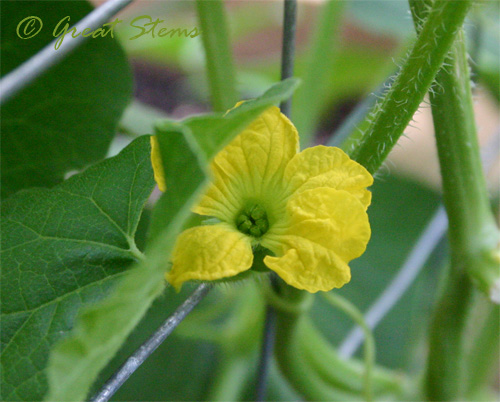
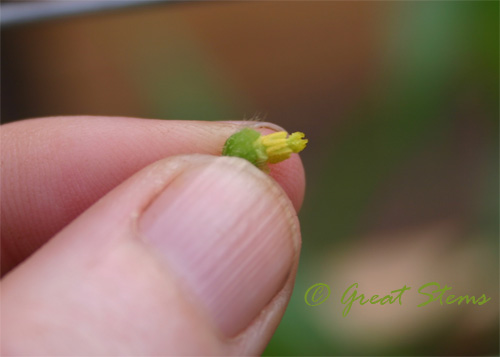
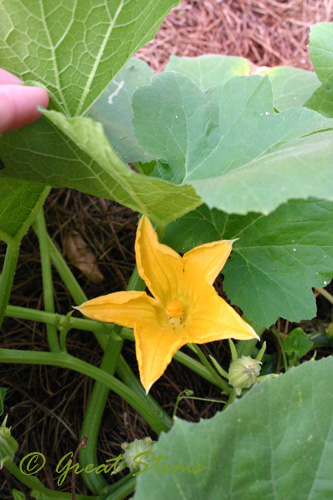
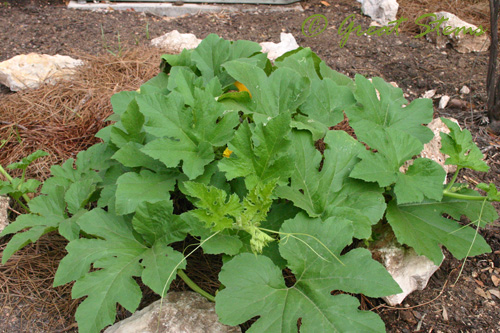
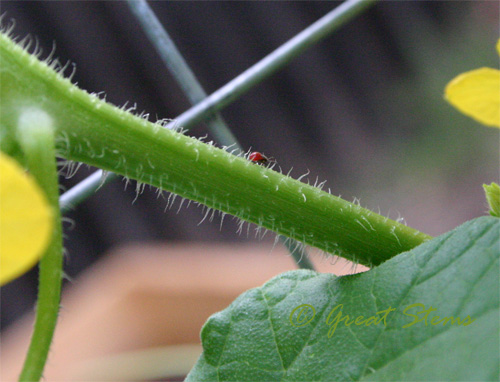
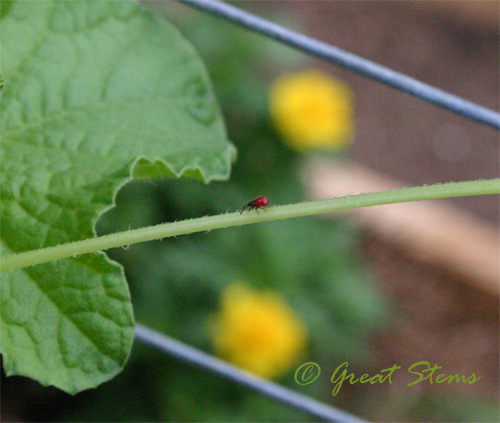
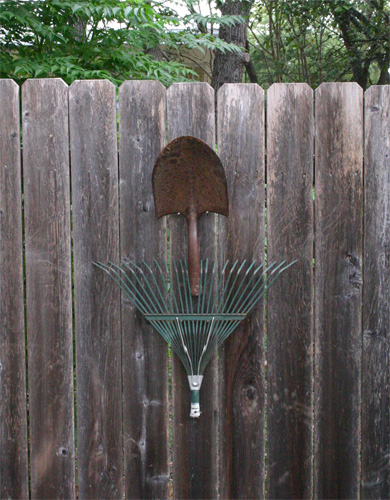
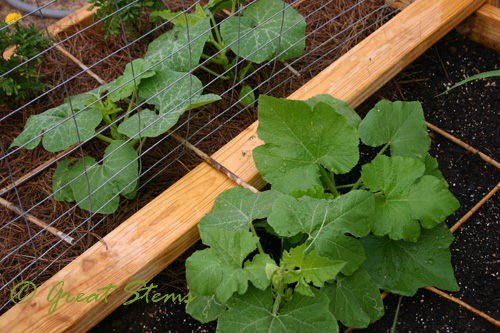
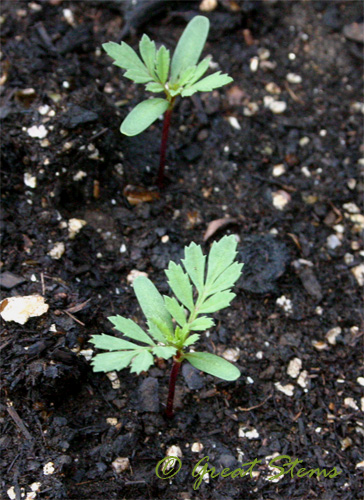
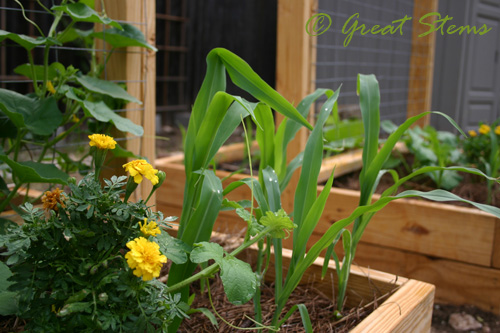
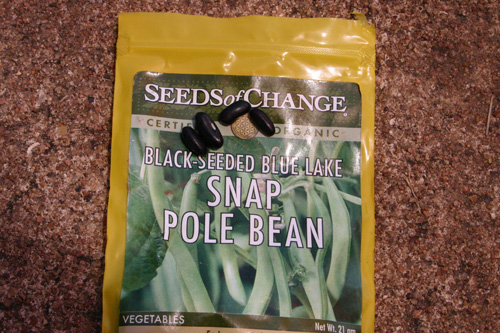
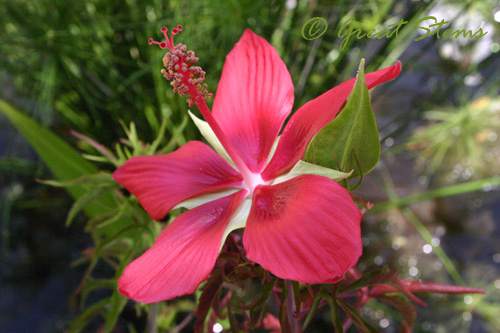
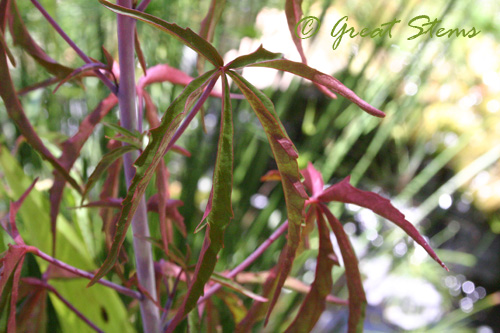
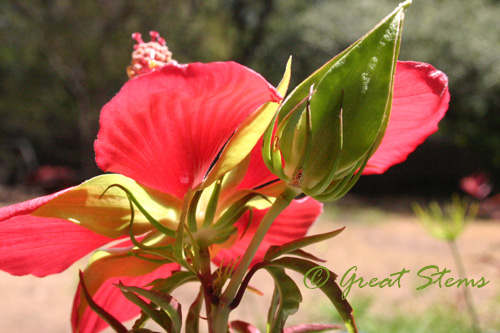
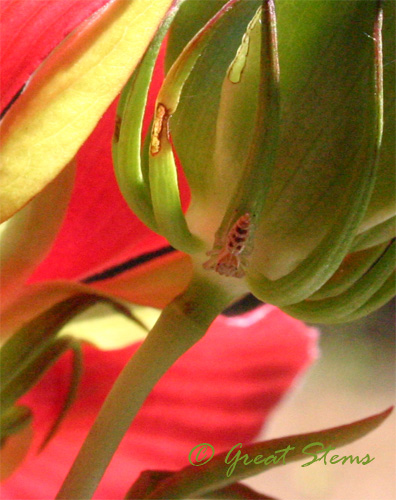
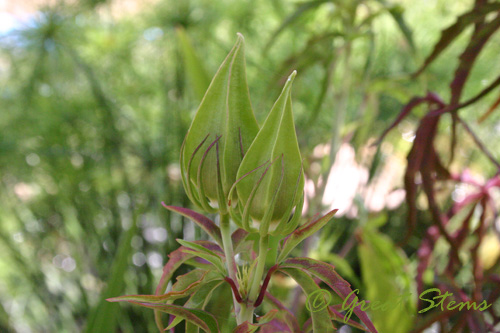
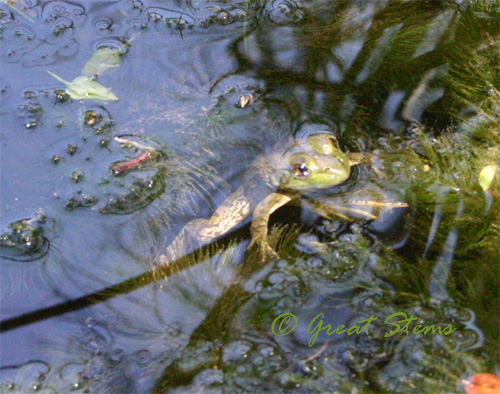
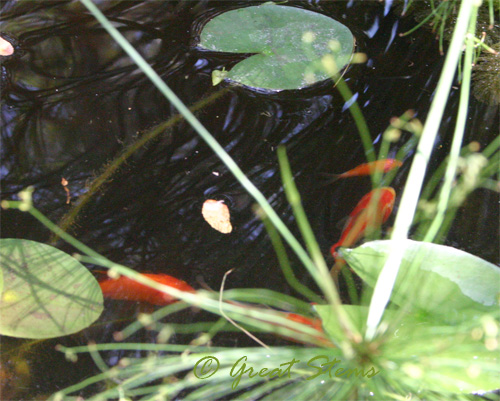
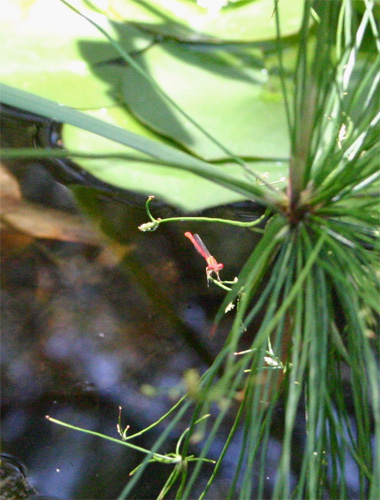
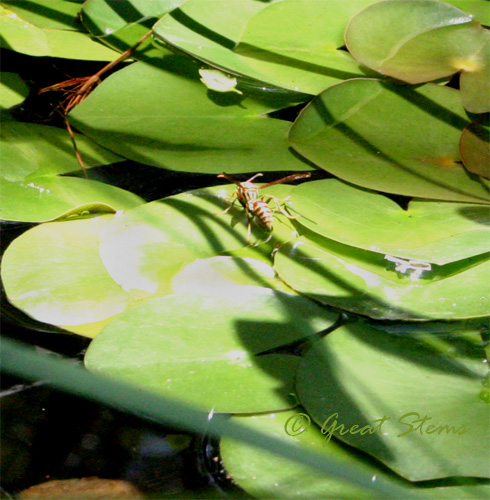
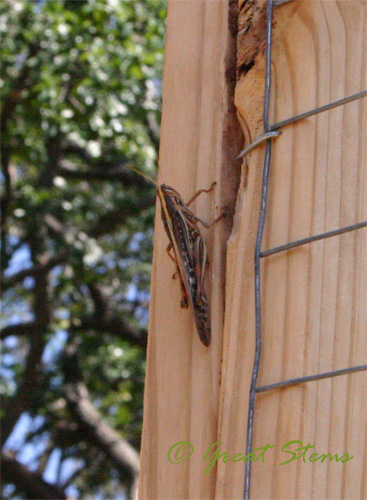
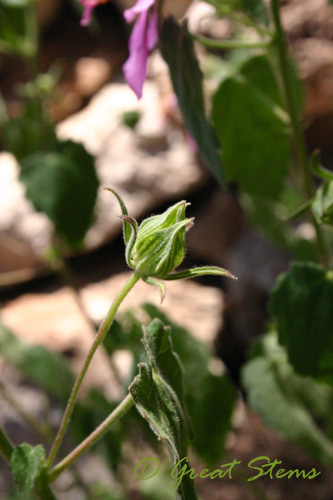
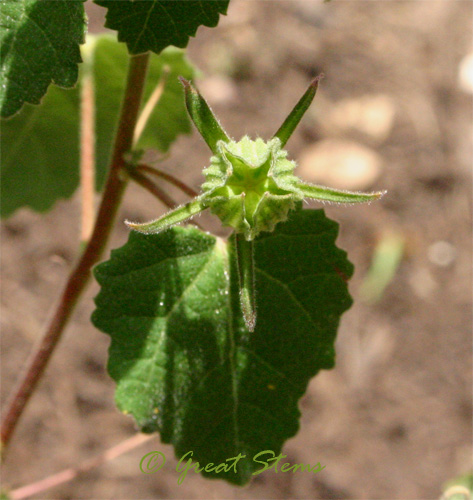
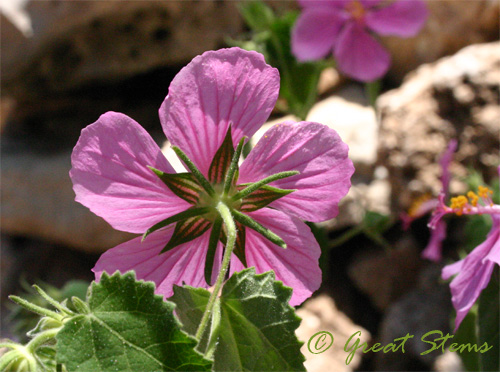
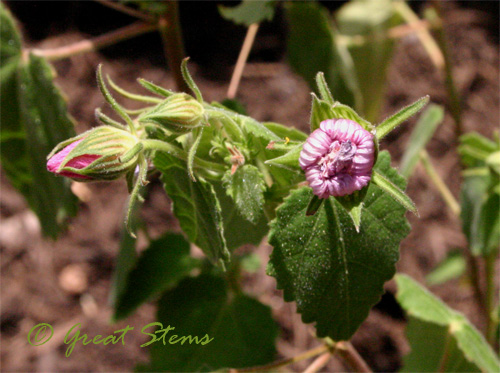
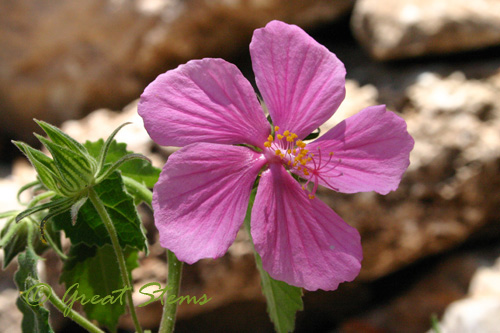
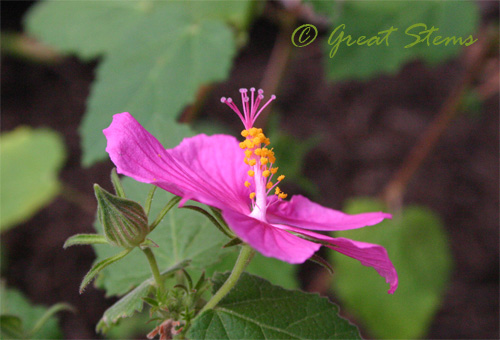
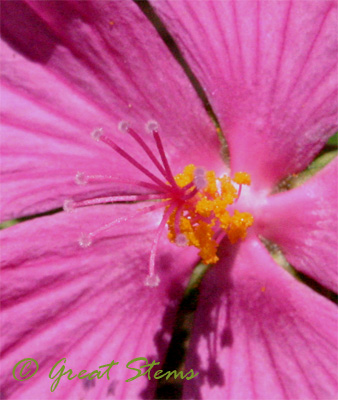
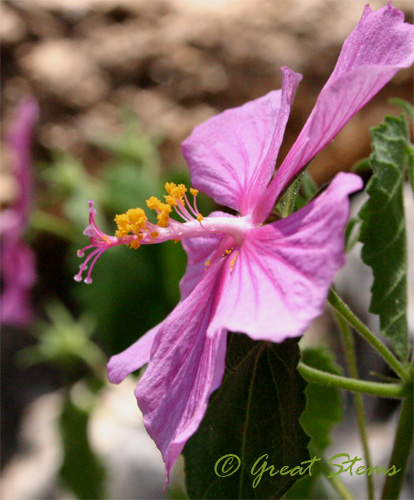
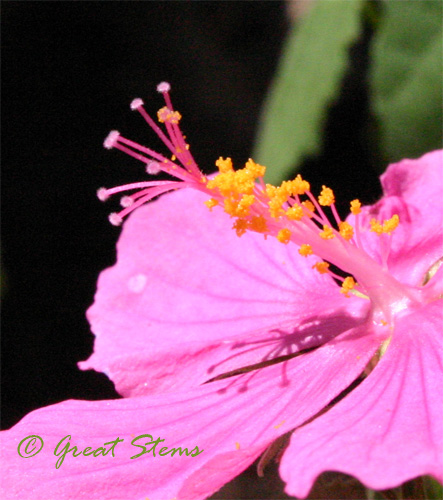
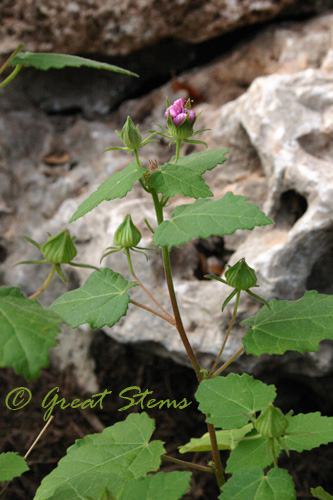
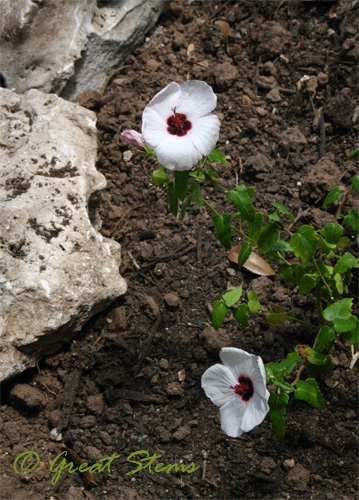
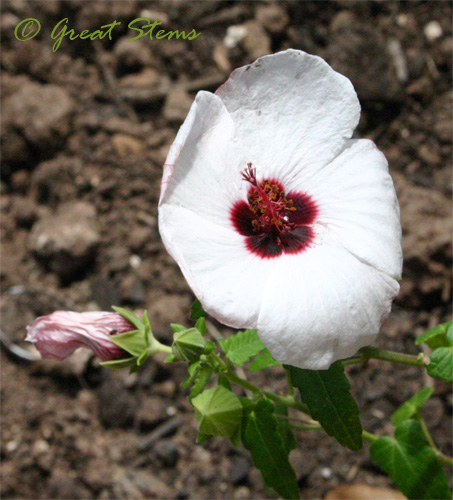
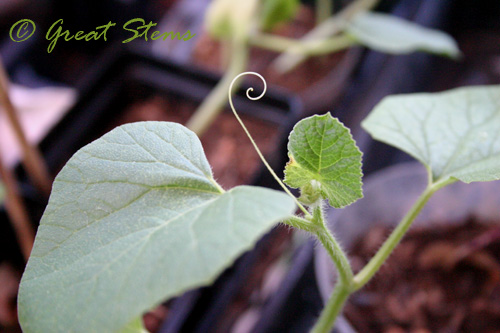
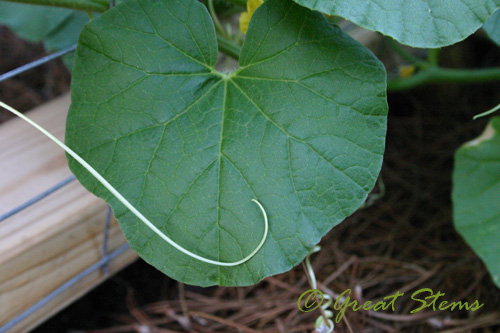
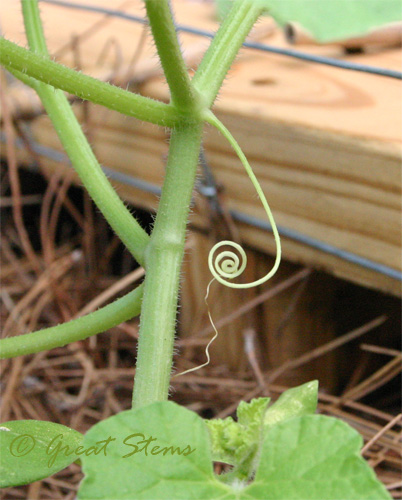
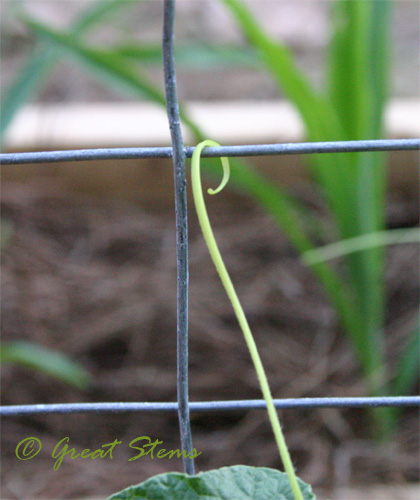
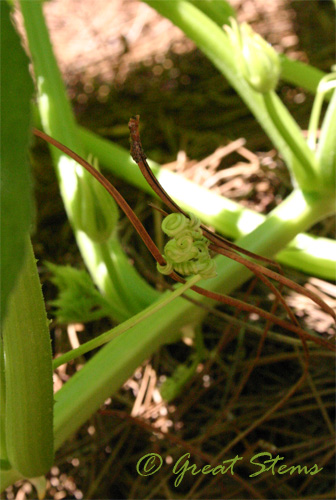
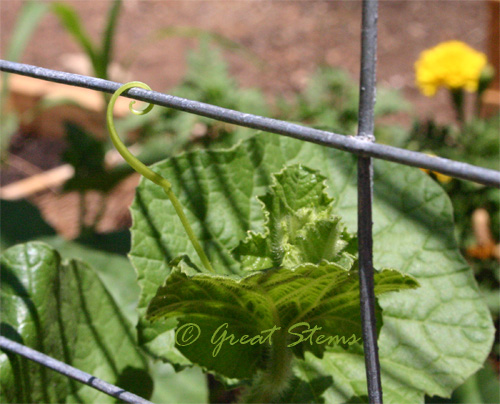 For hand in hand, and more than hugs
For hand in hand, and more than hugs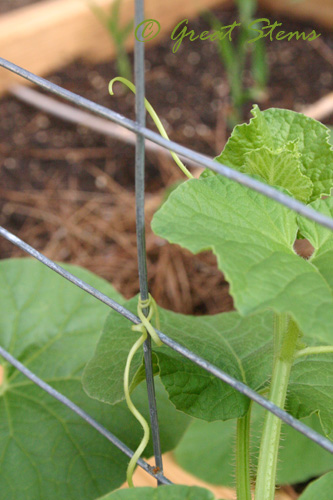 And hopes become wishes true
And hopes become wishes true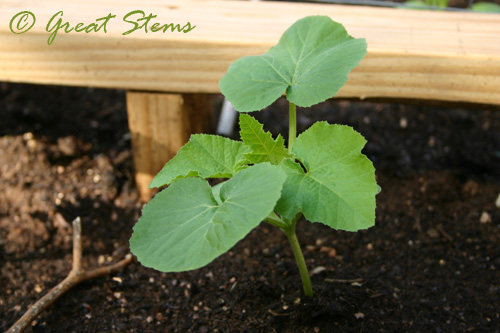
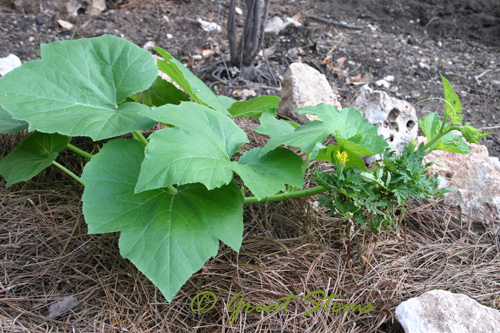
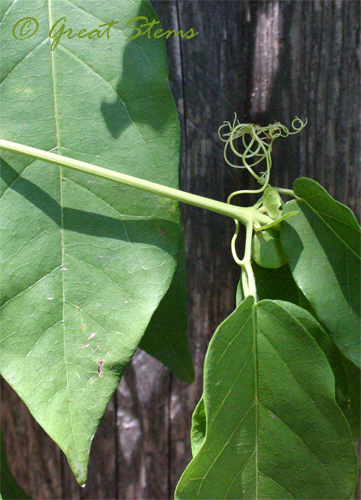
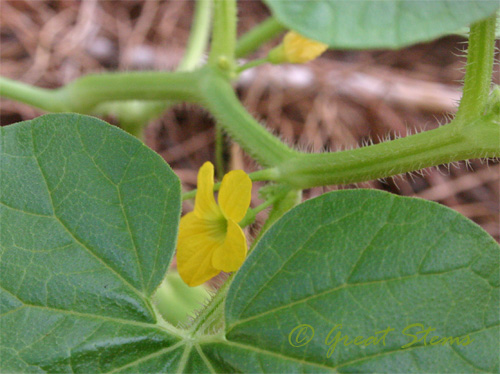 High and higher, unbound by rooted doubts
High and higher, unbound by rooted doubts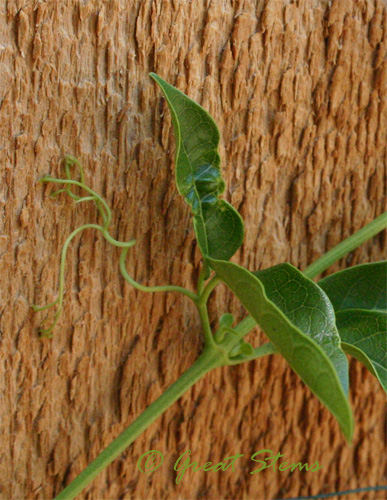
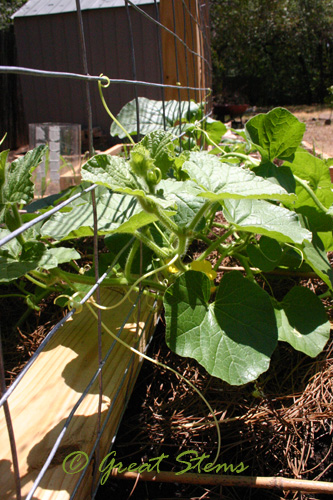 And I shall be whole and happy
And I shall be whole and happy